May 25, 2020. That is the day when a Black man’s murder was the powder keg that kindled the largest movement in U.S. history — a movement that supported the dismantling of the tangible and intangible shackles that limit the freedom of Black people in the “Land of the Free.”
The widespread calls for justice that happened throughout the U.S. after the murder of 46-year-old George Floyd also occurred in Connecticut. Racism was at the forefront in the Constitution State, leading the House to pass a bill that declared it a public health crisis. Looking narrower, racism was center stage in cities such as Hamden and New Haven.
“We’re now able to say, with some level of validation by the dominant culture, this is a crisis, this is a pandemic,” said Kerry Ellington, a known Black community organizer in the state for 13 years. “You can no longer ignore police violence the way you could 10 years ago. It’s unquestioned now.”
After the successive murders of Atatiana Jefferson, Ahmaud Arbery (at the hands of a former police officer), Breonna Taylor, Daunte Wright and others, George Floyd’s murder was the figurative last straw that brought on monthslong protests in the nation and these two cities. While this is accurate, the seeds of resistance against police injustice in Hamden and New Haven were planted well before 2020.
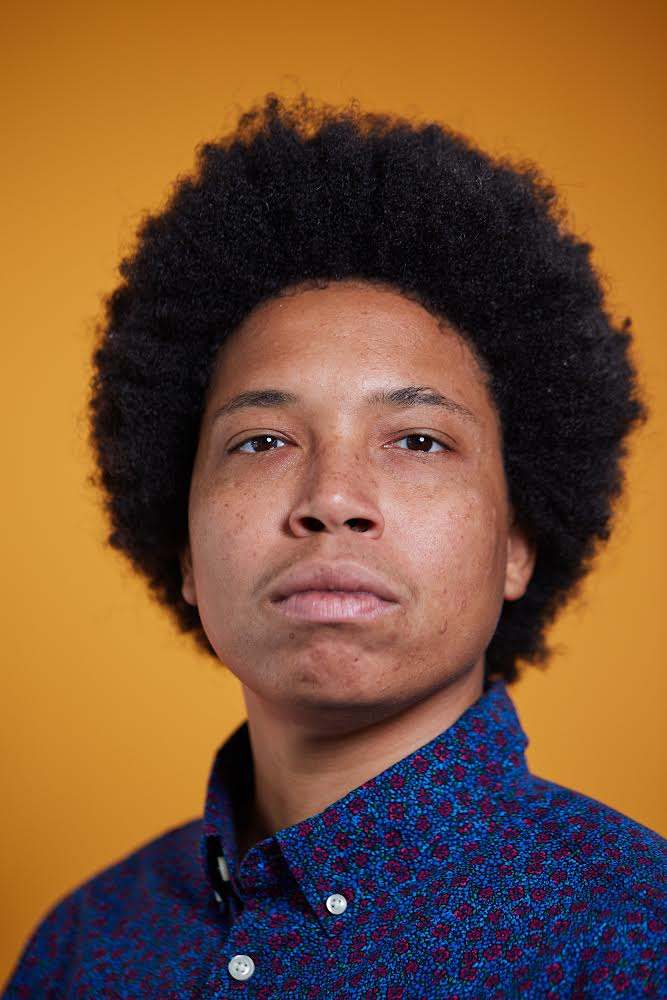
“We had already been organized in our communities and highlighting the police violence that’s happening here in the state,” Ellington said. “What happened to George Floyd is unjust and there’s like hundreds of George Floyds right here in Connecticut that the public pays no attention to because it’s easier to turn a blind eye to the violence happening here and to look elsewhere.”
Walter Morton, a lifelong Hamden native and a member of Hamden’s board of education, said that the town has had people involved in activism before the national attention after Floyd’s murder.
“We’ve had a very very active group of individuals and black activists in Hamden for the years that preceded George Floyd,” Morton said. “It wasn’t as though Black activism was kind of sleepy prior to that and it only began two years ago. I think that would be a disingenuous statement and not giving enough acknowledgment to activists that have been here and doing good work in the community for some years.”
Part of the reason why Hamden and New Haven have been organized prior is because of Connecticut’s history of police-involved tragedies. In Bridgeport, 15-year-old Jayson Negron was shot to death by a patrol cop in 2017. In 2019, an unarmed Black couple was shot 16 times by a Hamden and Yale police officer. There was also the murder of 21-year-old Malik Jones in East Haven in 1997.
With past and present traumas caused by law enforcement’s terrorization of Black people and now close to two years removed from George Floyd’s murder and the thousands in Connecticut who protested immediately after his execution, what is the current state of Black activism in Hamden and New Haven? Are these cities in a better place now than where they were two years ago?
Organizers build collectives of people with the purposes of building power, with the purposes of identifying whatever common issue folks want to address. It’s a specific style and modality of change-work”
Kerry Ellington, Connecticut community organizer
Black activism defined
Activism is a broad term. It can lead to its occasional misuse at times when defining the work of community organizers. While synonymous, activists and community organizers are different. Activists can be anyone who advocates for a particular issue or change in society. Community organizers do activist work but are people that do more than support reforms and attend protests on social issues.
“There’s lots of activists, not everyone is an organizer,” Ellington said. “Organizers build collectives of people with the purposes of building power, with the purposes of identifying whatever common issue folks want to address. It’s a specific style and modality of change-work.”
One of the many activists is Justin Farmer, president pro temp on the Hamden Legislative Council representing the fifth district. The 27-year-old Farmer identifies himself as an “activist elected official.” His motivation for entering politics comes from the activism space he was most familiar with. He ran for political office in the first place because he was disappointed with local politicians’ “cowardice” response to police shootings.
“His voice as a representative for the people very much might rub people the wrong way or be out loud, said Dominque Baez, president of the Hamden Legislative Council. “But activism is important in influencing what our legislation does.”
While Farmer exemplifies the activist persona in politics, Baez does not use the activist elected politician title herself because she doesn’t believe how she works constitutes that label.
“I believe I’d be phony if I said I was an activist. I’m not putting in enough work,” Baez said. “That’s not where my hat is. I am a black woman …and I can’t say that simply being Black is activism. But I do say that my existence is resistance.”
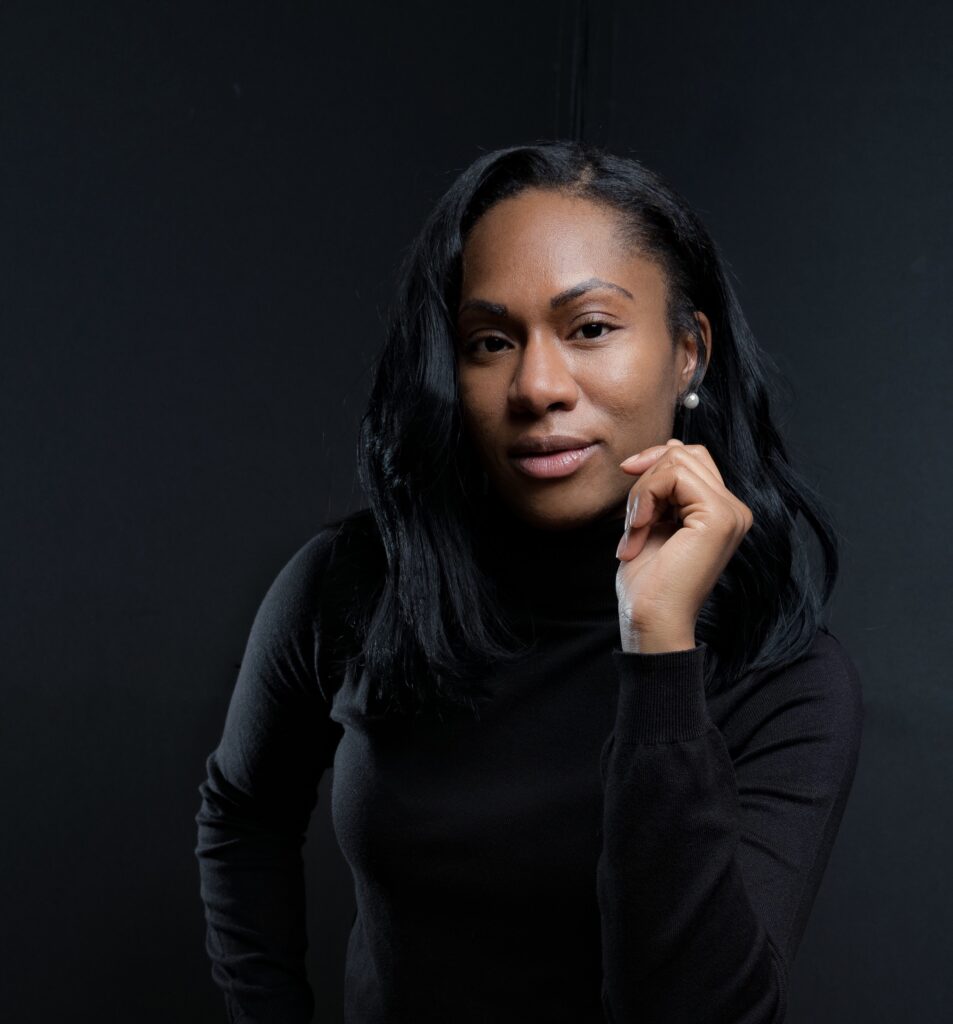
Black activism aimed at ending racial injustice is not unique simply because it demands the fairness and full humanity of Black people in mainstream society. It isn’t different only because when it is implemented on the streets, it has a “specific flavor and seasoning,” as Ellington puts it.
Farmer said that activism of Black people’s struggle is one-of-a-kind because it intersects with other kinds of oppression and is shared widely among the group no matter where you are in the world.
“We have a sense of collective struggle, so our struggle is a struggle of all our people,” Farmer said. “Whereas a poor white person is like ‘my struggle is in this particular community.’”
Adriane Jefferson, director of cultural affairs in the city of New Haven, said that this particular activism against racism is directly linked to the historical resiliency of Black people in the U.S. who endured chattel slavery.
“There’s no other group (in the U.S.) that can say that,” Jefferson said. “So for us to rise above things that were forced upon us, and to be here in the United States and be at the forefront of these movements, create these movements, create change that not just impact us or affect us, but it’s a ripple effect that positively affects all of society and different groups, I think that that’s very special.”
Local response in 2020
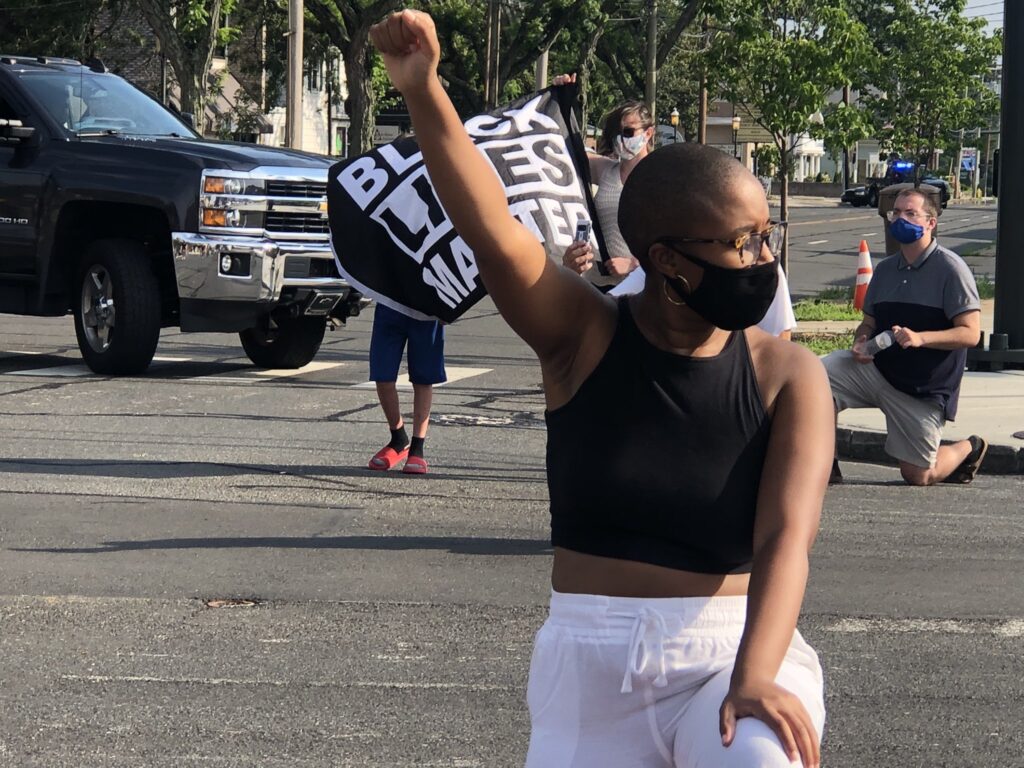
Peopele knelt in front of Hamden Memorial Town Hall for eight minutes and 46 seconds in remembrance of George Floyd. (Photo contributed by Brian Didlake). 
Citizens protested alongside elected officials held at Hamden Memorial Town Hall in support of Black Lives Matter. (Photo contributed by Brian Didlake).
In Hamden, people gathered on the streets and the steps of Hamden Memorial Town Hall. The same is true, if not more so, in New Haven, which Jefferson described as a “very civically engaged city.” On June 5, 2020, about 5,000 people marched for racial justice in New Haven with demands such as ending the triple occupation of police in the city where Yale, Hamden and New Haven officers reside. The demands of that protest as well as others were specific to the community but also connected to the nationwide police brutality issue.
“When we responded, it was to highlight and to be in solidarity with the communities in Minneapolis fighting for justice for George Floyd and communities everywhere fighting for police violence,” Ellington said.
The younger generation was equally aware of the heightened focus on racism and just as engaged as adults in the movement.
Todd Bivens, 19, has lived in New Haven his entire life. In 2020, he was a junior at Wilbur Cross High School and saw first-hand the degree to which people in his hometown united in protest.
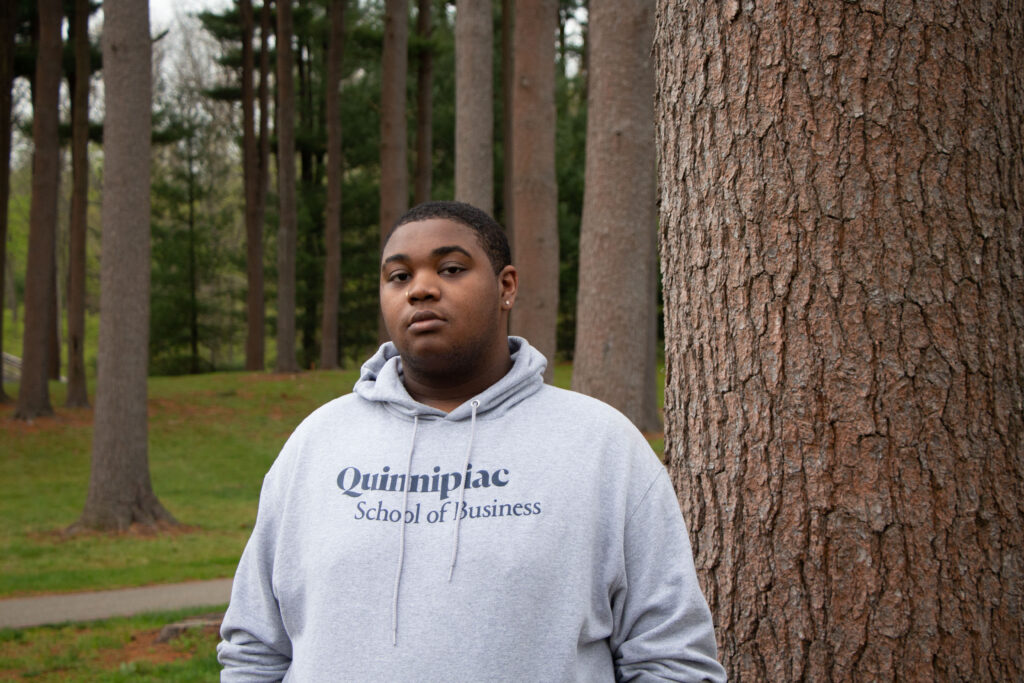
“Everyone just wanted to help out and that showed a lot of strength in our community. We were all ready to do what we could to make a change. I remember vividly of one of the protests, where the school allowed us to walk out and join, walking around New Haven,” Bivens said. “I was able to see how the community just banded together.”
Shamara Wethington Mizell, 18, has lived in Hamden since the seventh grade and said that she attended protests in her town, with the largest one happening at town hall.
When it comes to local education, Morton said that while the Hamden Board of Education has already worked on initiatives to redistrict schools to ensure racial and ethnic diversity as well as instituting an equity committee, the national spotlight on racism has contributed to greater interest in discussing these matters.
The state government responded to the mass protests by passing a police accountability bill that took effect on Oct. 1, 2020. Bill No. 6004 demands officers to intervene if they witness excessive force. Another central aspect of the law is that it weakens state officers’ qualified immunity — law enforcement’s protection from being sued — so they will now be individually liable when they knowingly infringe on someone’s rights.
Art’s role in the movement
Outside of protests and legal changes, art has been another outlet for residents and the cities to express their commitment to embarking on the mission of making racial equality a reality. In Hamden, there are hopes to unveil a Martin Luther King Jr. mural on Juneteeth. In New Haven, there are already two Black Lives Matter murals. The first one made is 277 feet long on Bassett Street and the second mural is 250 feet and located on Temple Street. Both were in collaboration with New Haven’s Division of Arts, Culture and Tourism and Black Lives Matter New Haven (BLMNH).
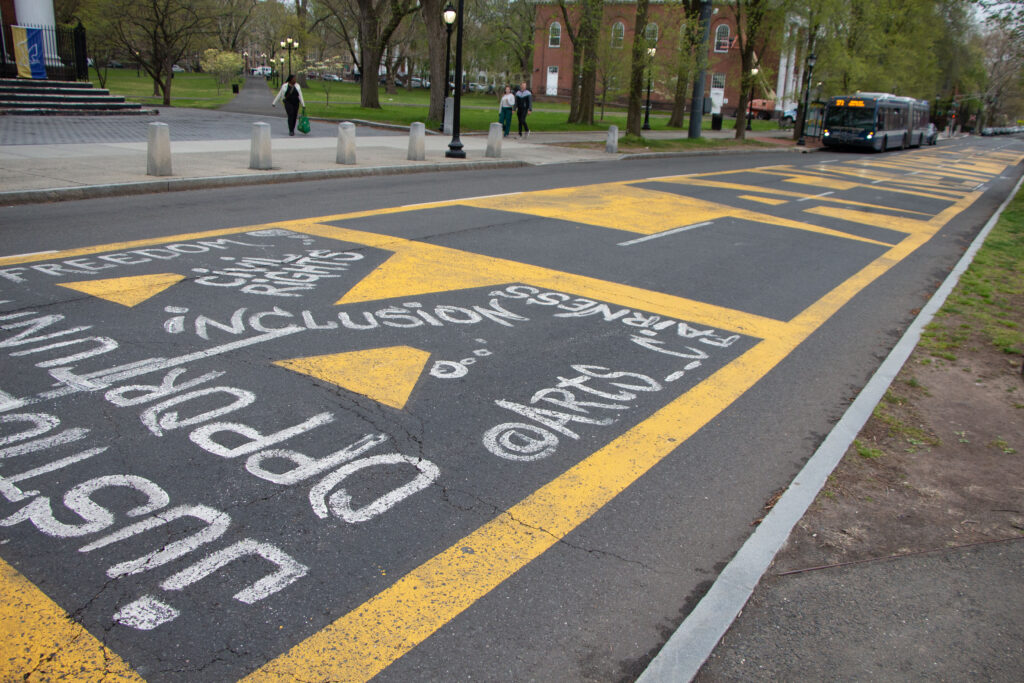
Jefferson, who was involved in the decision-making process in the two murals said that said her department is currently working with a different anti-racist artist collective on three murals being painted on underpasses. She also said that while creating racial justice-themed paintings does not usurp the impact of making policies, it is important because it improves exposure to these systemic problems.
“We’re working with artists who are amplifying the issues that are happening,” Jefferson said. “(Art) can be a conduit to change. More than any sector, we are able to spark dialogue, we are able to spark a lot of conversation and perspective, at least get invoked different perspectives through our different mediums … it really allows us to dive deeper into those issues, especially conversations that may be uncomfortable.”
State of Black activism in 2022
Are Hamden and New Haven in a better place now than they were almost two years ago? The answer to this question isn’t straightforward.
It is irrefutable that the number of protests and demonstrations now has significantly diminished over the past two years.
One potential reason why Black Lives Matter protests are not as frequent and shown often by media outlets now is due to their being a myriad of other national and global issues existing.
“I think it’s definitely quieter, but I don’t think it’s on purpose,” Mizell said. “I think there’s so many issues going on in the world, it can be hard to really focus on one thing.”
To know if the state of Black activism is better, some people interviewed said protests are not the only way to measure resistance.
Baez, Farmer and Ellington all agreed that people can have different roles in the movement that doesn’t require them to be in demonstrations.
Even though racial injustices are less discussed now than two years ago, there have been some changes made in these cities. However, depending who you ask, the changes may not have led to that much of improvement.
The majority of people interviewed said they find Hamden and New Haven to be in a better place today. Morton, 30, said the reason why leans toward that belief is because there seems to be more people who are involved in the fight for racial equality.
“The thing that was actually most noticeable was frankly the number of white Americans who really got off the sidelines about the debate around race relations,” Morton said regarding people in Hamden. “Honestly, taking a big step to even acknowledge that there’s racial inequities.”
He also said that it was not that long ago that white friends of his were uncomfortable broaching the subject and that there has been a “major leap forward over a very short period of time.”
Ellington said that the swathes of people who protested after Floyd’s murder were inspiring. However, that is different from people who came out years earlier when an occurrence of brutality happened in Connecticut.
“It’s a little bit easier to come out and protest to something, you really don’t got to be accountable to hundreds of miles away,” Ellington said. “It’s hard when you have to be accountable to what’s right at your doorstep.”
Baez said that more people are “activated” in Hamden and said that it is OK even if some of it the actions were performative.
“I am pro performative activism,” Baez said. “Because as long as people are bringing it into the conversation, whether it be a performance or not, it’s in the conversation.”
While Ellington doesn’t have the exact same viewpoint, she said she believes the state of activism locally has improved greatly not just in the last two years but in the past several. The 35-year-old said she remembers when more people had a “colorblind mode of thinking” when she was younger.

Farmer, on the other hand, said he views the sense of activism around these issues to be either the same or slightly more “lackluster” now. He attended protests and delivered speeches in both cities and throughout the state in 2020. Farmer said two years later, he there has been a lack of change after the mobilizing that happened and is dissatisfied with his colleagues who don’t commit to actions that form real change.
“Some of my colleagues agree with me on the issues,” Farmer said. “But when push comes to shove, they don’t want to take the heat to push to make sure what needs to get done is done.”
When asked about the police accountability bill, he said that it has been close to two years since its passing and no officers have been charged since the new limitations on qualified immunity.
Even with the murals and other pieces of artwork in communities that express the Black Lives Matter message, he said he views them as surface-level changes.
“How many jobs did that create,” Farmer said when discussing Hamden’s plan to paint the King mural. “(Murals) are important, but I feel often that it allows people to feel off the hook.”
While not all feel the same as Farmer in terms of no substantive changes happening in Hamden and New Haven, there was vast agreement that there is still more work to be done in Connecticut just like in the country as a whole.
Whether it was before the national spotlight was on Black Lives Matter or now, the mission is still the same: to continue exposing the racism and injustices in these local communities.
“Yes, there’s been power that has been gained in communities,” Ellington said. “That’s progress … it takes strong, organized communities to do that. And that’s a that’s an ongoing, evolving project in our communities, in black and brown communities and in this nation.”
